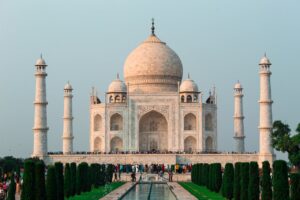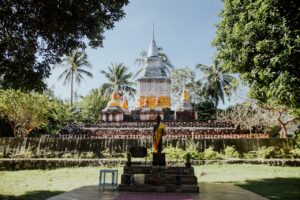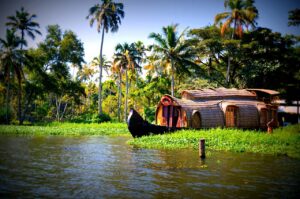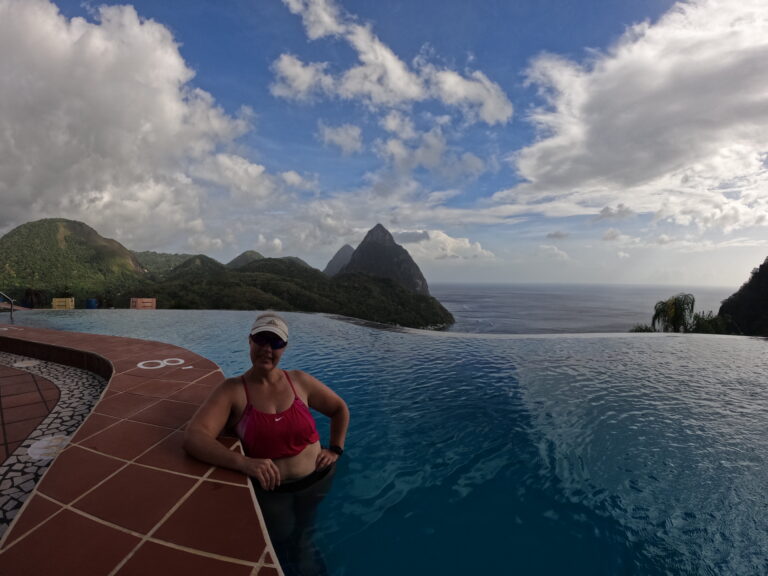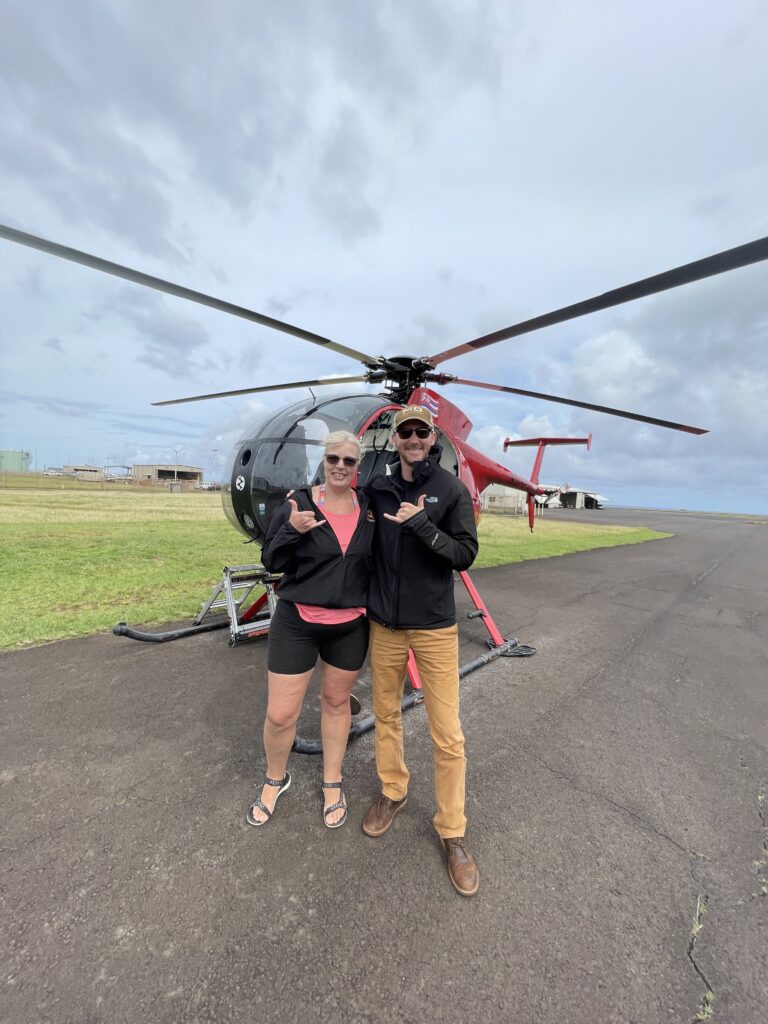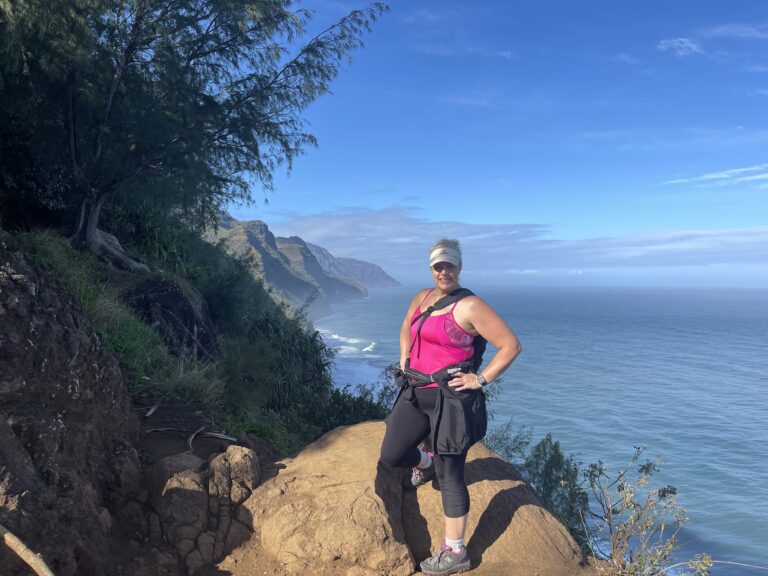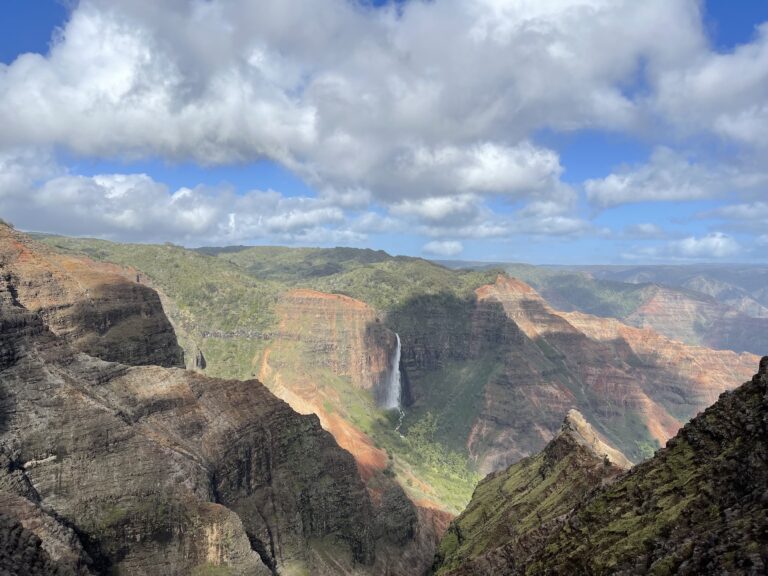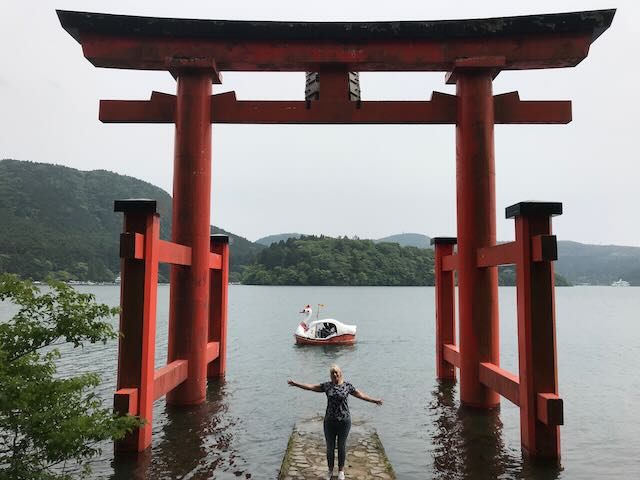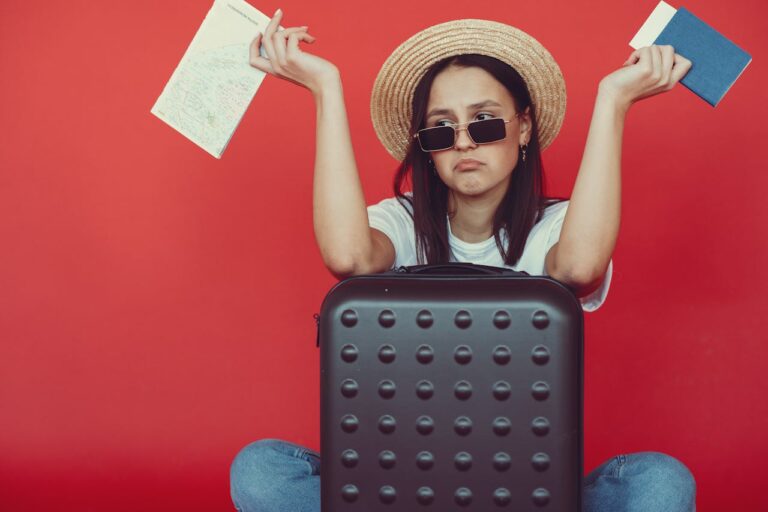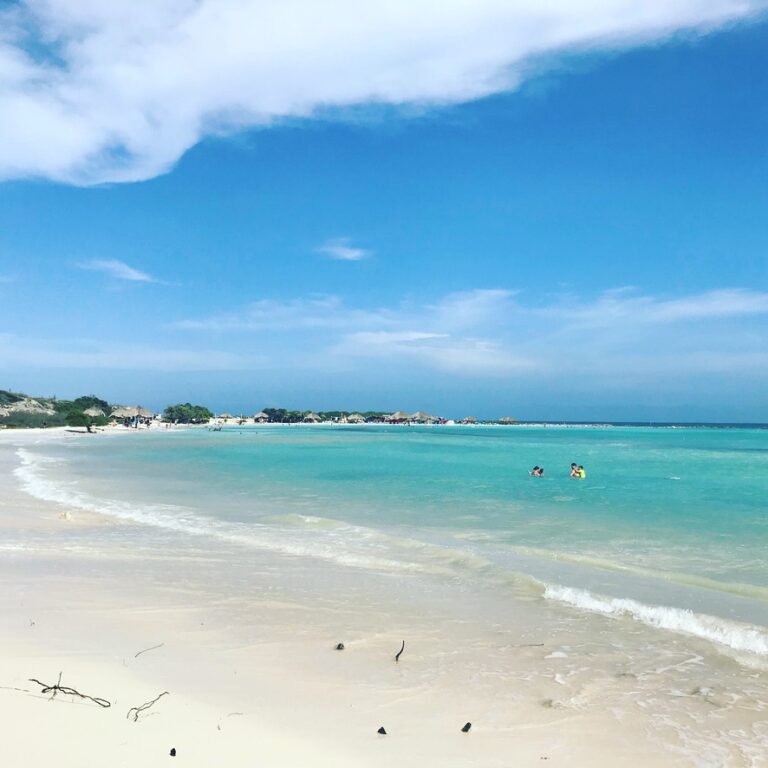The Incredible India
Step into a land where ancient traditions dance harmoniously with the pulse of modernity. India, a vast subcontinent of vibrant colors, deep history, and diverse cultures, invites travelers from around the world to discover its countless wonders.
From the bustling bazaars of Delhi, where the aroma of spices fills the air, to the tranquil backwaters of Kerala, India offers a journey like no other. Whether you’re a history buff, a culinary explorer, or a seeker of spiritual wisdom, India has something truly extraordinary to offer.
Imagine walking through the majestic palaces of Rajasthan, cruising on the serene waters of the Ganges, and savoring the rich flavors of authentic Indian cuisine. Picture yourself marveling at the architectural grandeur of the Taj Mahal or the ancient caves of Ajanta and Ellora. Envision witnessing the vibrant festivals that light up every corner of the country, each one a celebration of life, tradition, and community.
India is a destination that will captivate your senses, inspire your spirit, and leave a lasting impression on your heart. Ready to embark on this incredible adventure? Let us guide you through the magic of India, crafting memories that will stay with you forever.
Key Highlights
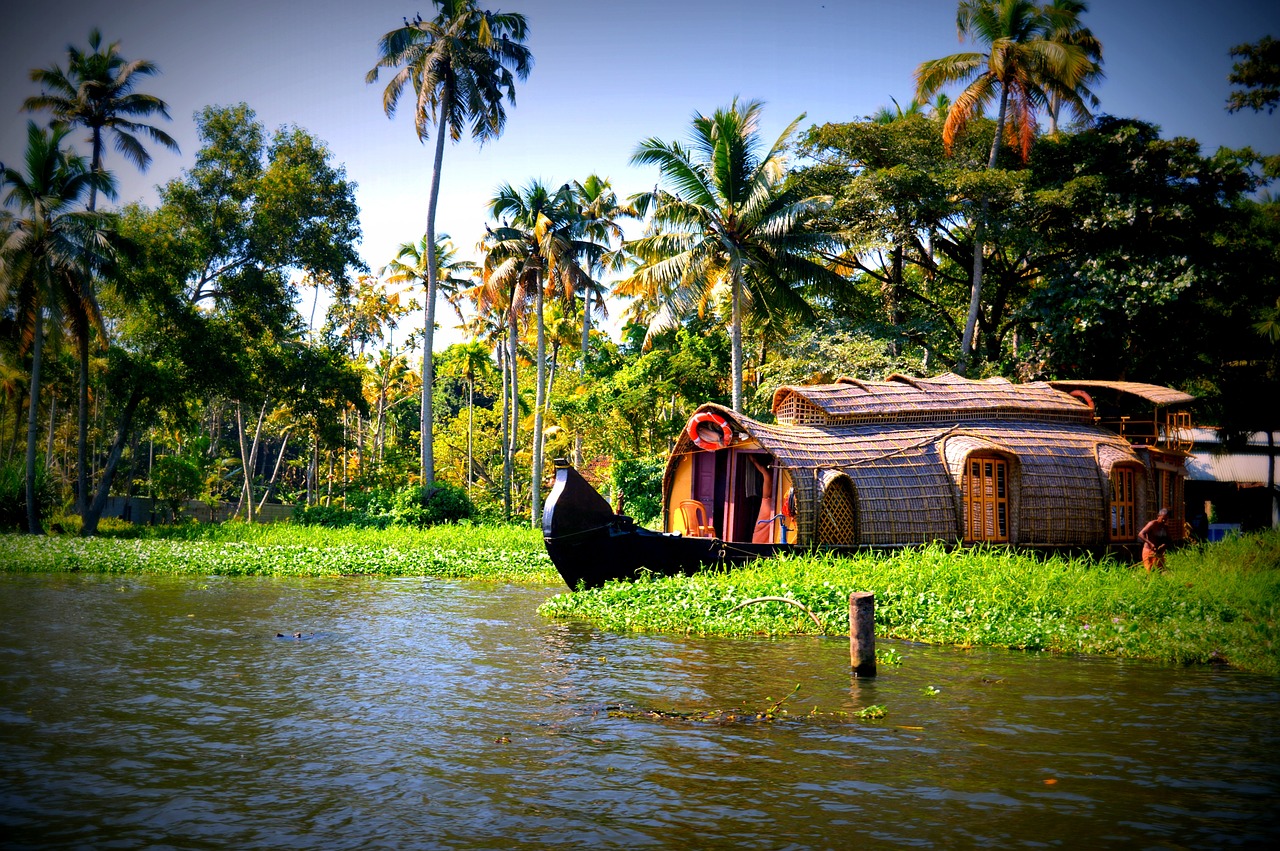
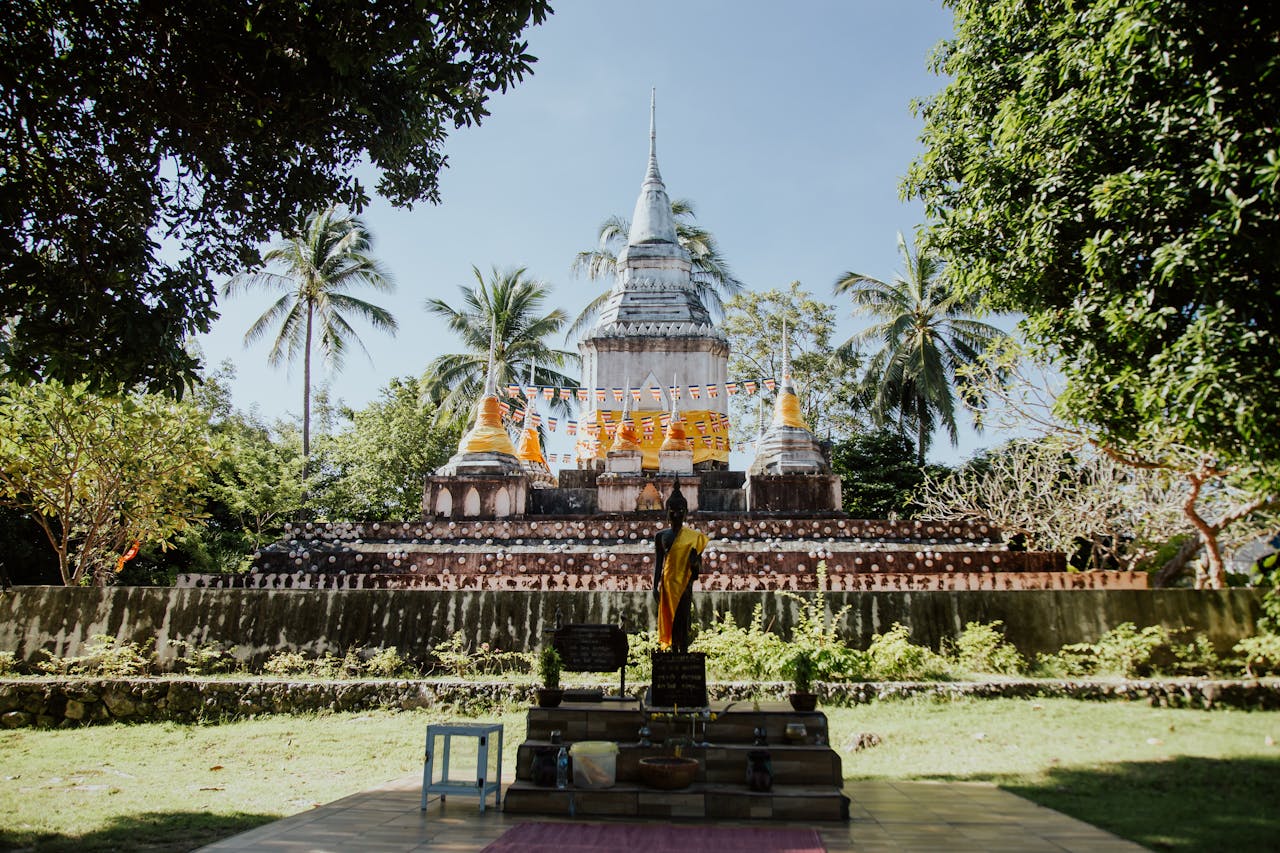
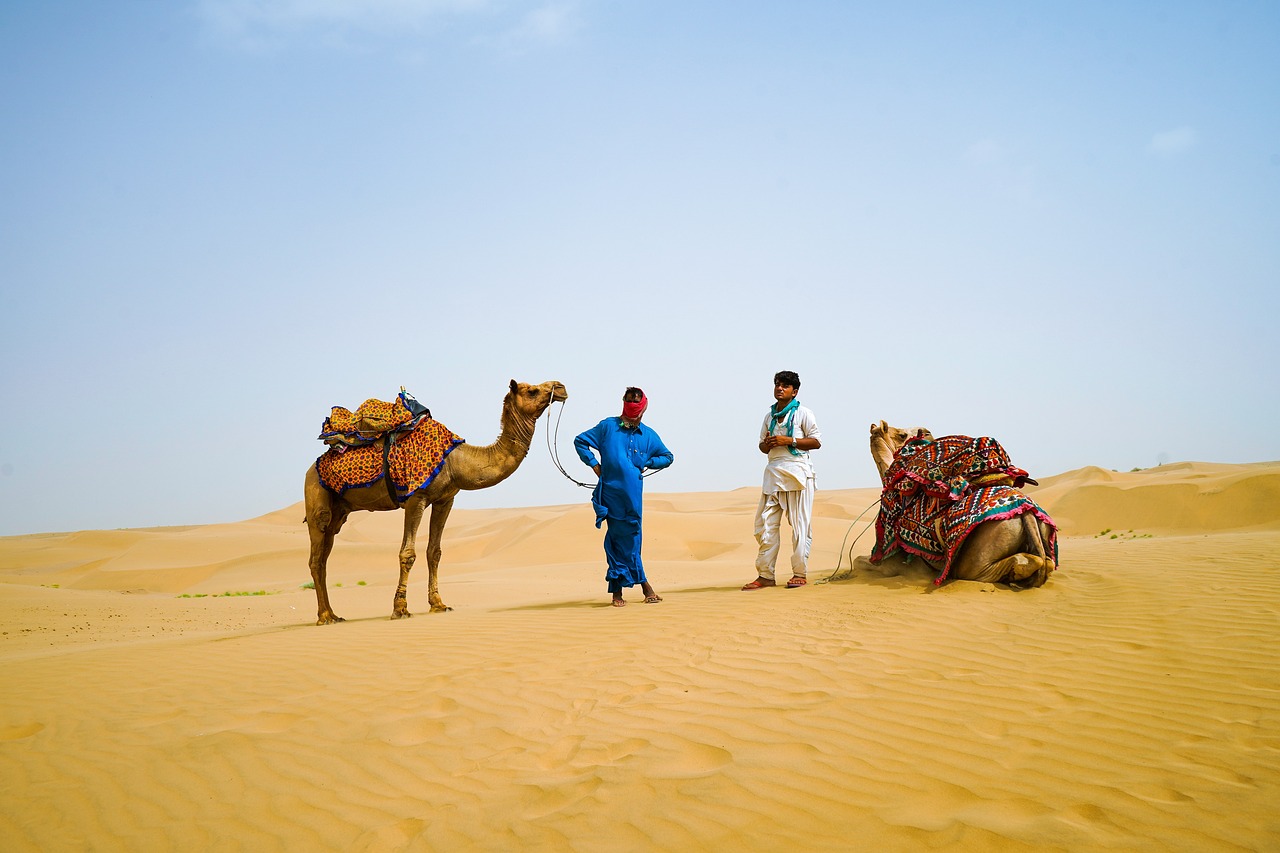


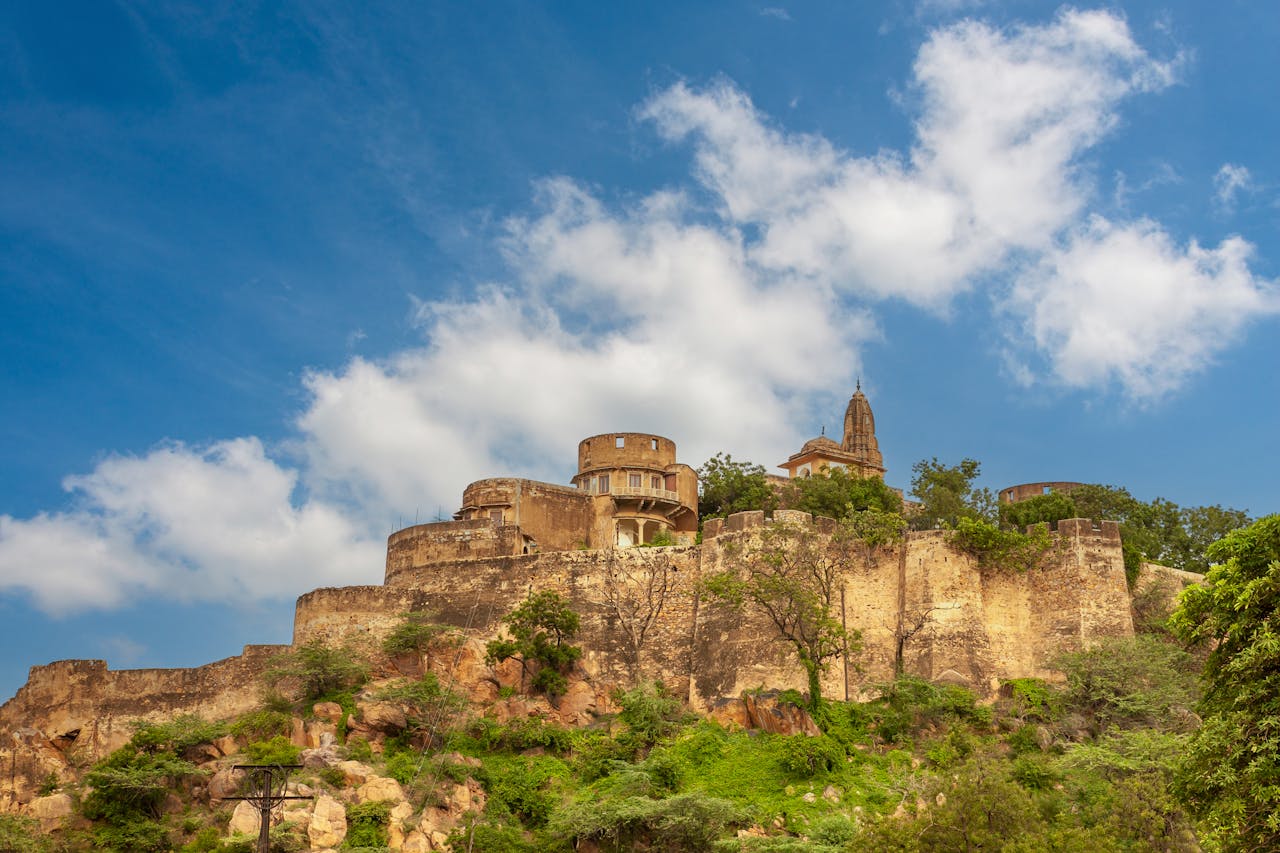
Planning a trip to India? Let me create a trip of lifetime for you.
Check-out my latest videos from my recent trip to India
India Travel Guide Top 10 Places
India Travel Guide Explore New Delhi
India Travel Guide Visit Goa
India Travel Guide Taj Mahal Guide
India Travel Guide Safety Top 8 Tips
India Travel Guide Visit Udaipur India
FAQ
U.S. citizens do need a visa to visit India. For short-term visits (up to 60 days) for tourism, business, or visiting friends and family, you can apply for an e-Visa online before your trip. Make sure your passport is valid for at least six months from the date of your arrival in India.
The best time to visit India is from October to March, when the weather is cooler and more comfortable across most regions. This period is ideal for exploring popular destinations like Delhi, Agra, and Jaipur, where the temperatures are mild, and the evenings are cool. It also coincides with major festivals such as Diwali and Holi, offering a vibrant cultural experience. In the southern parts of India, like Kerala and Tamil Nadu, the monsoon rains have receded, leaving behind lush landscapes and pleasant weather. Additionally, the Himalayan regions are accessible and beautiful during October and November before the winter snow sets in.
To get around India efficiently, consider flying for long distances between major cities. The extensive railway network offers scenic travel, with express trains like Rajdhani and Shatabdi being faster options. In cities, use auto-rickshaws, taxis, or app-based services like Uber and Ola. For short trips or rural exploration, hiring a car with a driver is practical. Metro systems in cities like Delhi, Mumbai, and Bangalore also provide fast urban transit.
Traveling in India can be quite affordable, depending on your preferences and travel style. Budget travelers can find inexpensive accommodations, local food, and affordable transportation options like trains and buses. Mid-range travelers can enjoy comfortable hotels and dining experiences without spending a lot. However, costs can add up for luxury travelers, especially in high-end resorts, fine dining, and guided tours. Overall, India offers good value for money, with plenty of options to suit different budgets.
When traveling in India, it’s important to dress modestly, especially in religious or rural areas, with shoulders, chest, and legs covered. Always remove your shoes before entering temples, mosques, or homes, and use your right hand when eating or exchanging items, as the left is considered unclean. Public displays of affection are generally frowned upon, so avoid holding hands, hugging, or kissing in public. Personal space is valued, especially between members of the opposite sex, so be mindful of unnecessary contact. Learning a few basic Hindi phrases, like “Namaste” for greetings, and asking permission before photographing people, especially during religious ceremonies, can go a long way in showing respect and building rapport.
Yes, English is widely spoken in India, especially in major cities and tourist areas. It is one of the official languages of the country and is commonly used in business, government, and education. Many people in urban areas, including those working in hotels, restaurants, and transportation services, can communicate in English. However, in more rural or remote areas, you may encounter fewer English speakers, so knowing a few local phrases or having a translation app can be helpful.

